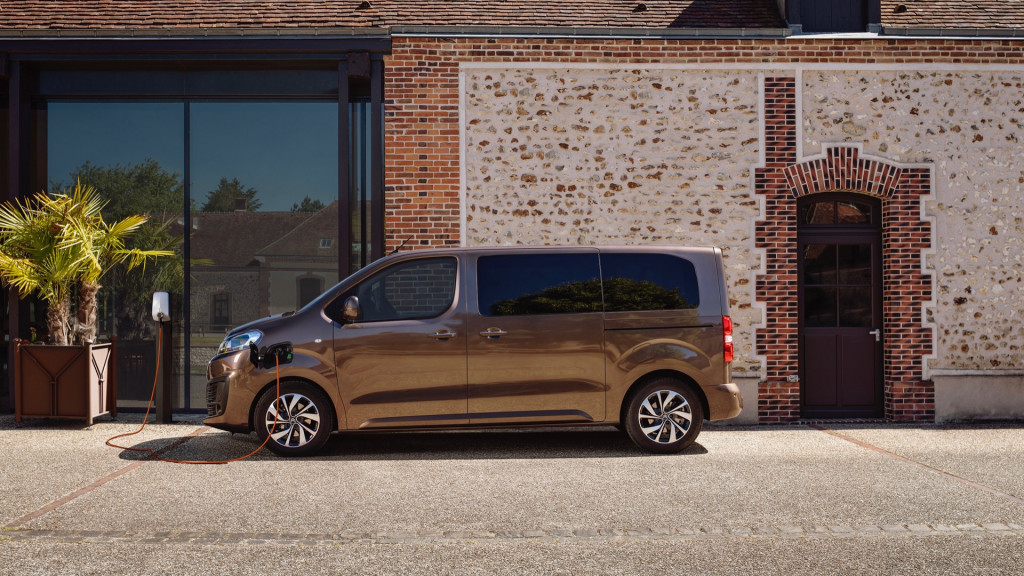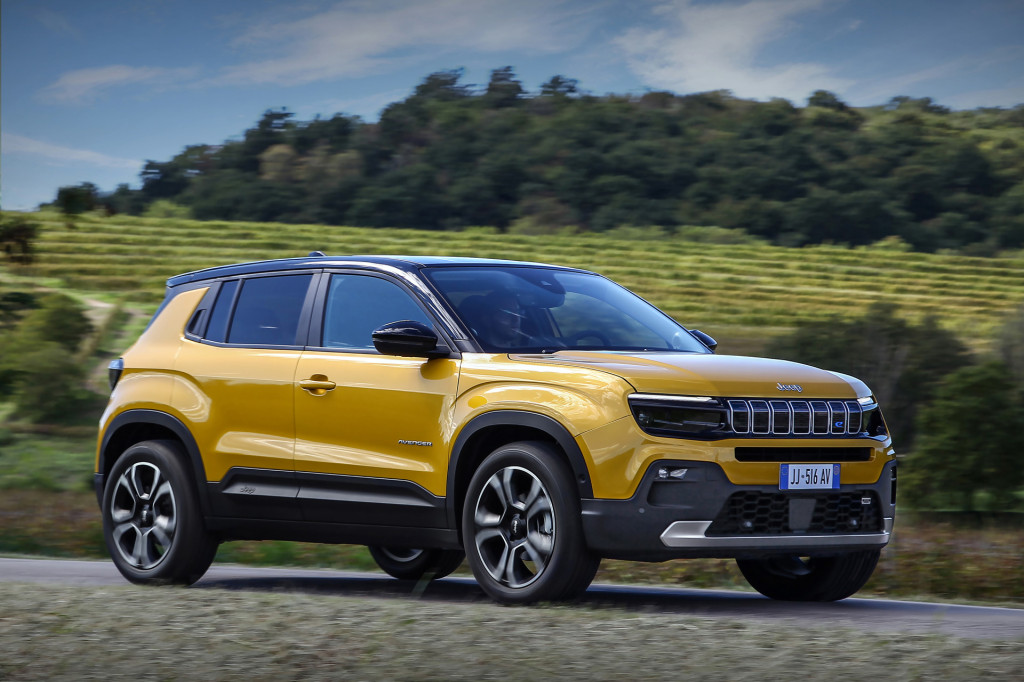Stellantis and battery supplier CATL on Tuesday signed a memorandum of understanding that could pave the way for more affordable EVs in Europe.
The non-binding memorandum outlines the supply of lithium iron phosphate (LFP) battery cells and modules by CATL to Stellantis for European production within an unspecific timeframe. The two companies are also considering a joint venture related to batteries, according to a Stellantis press release.
LFP batteries have been touted by some automakers as a more affordable alternative to the nickel manganese cobalt (NMC) chemistry used by many battery manufacturers. EV battery cost hasn't fallen as much as anticipated following a spike in 2022, hampering affordability.

Citroën Ë-Spacetourer
CATL is one of the main proponents of LFP batteries. It recently showed next-generation LFP tech that the company claims can charge much faster, adding up to 250 miles of range in 10 minutes. Its collaboration with Stellantis could benefit mainstream Euro-market brands like Peugeot and Citroën, and perhaps Jeep, but it's unclear whether it would involve anything U.S.-bound.
Other companies are looking to expand use of LFP batteries—with more relevance for the U.S. market. Hyundai is developing its own LFP batteries in South Korea, meaning they may not be subject to U.S. trade restrictions that would apply to batteries sourced from China.

Jeep Avenger
And Chinese battery makers are moving some manufacturing to the U.S. China's Gotion has also announced plans for an Illinois plant for LFP EV cells—although it hasn't yet said where they're to be used.
Ford executives have said the automaker considers LFP chemistry as key to EV affordability. In September, though, Ford hit pause on a Michigan battery plant that was set to use CATL technology but would be owned and run by Ford. The automaker has now resumed work on the facility but on Tuesday disclosed that it's been downsized to 20 gigawatt-hours of annual output from the 35 gigawatt-hours previously planned.












